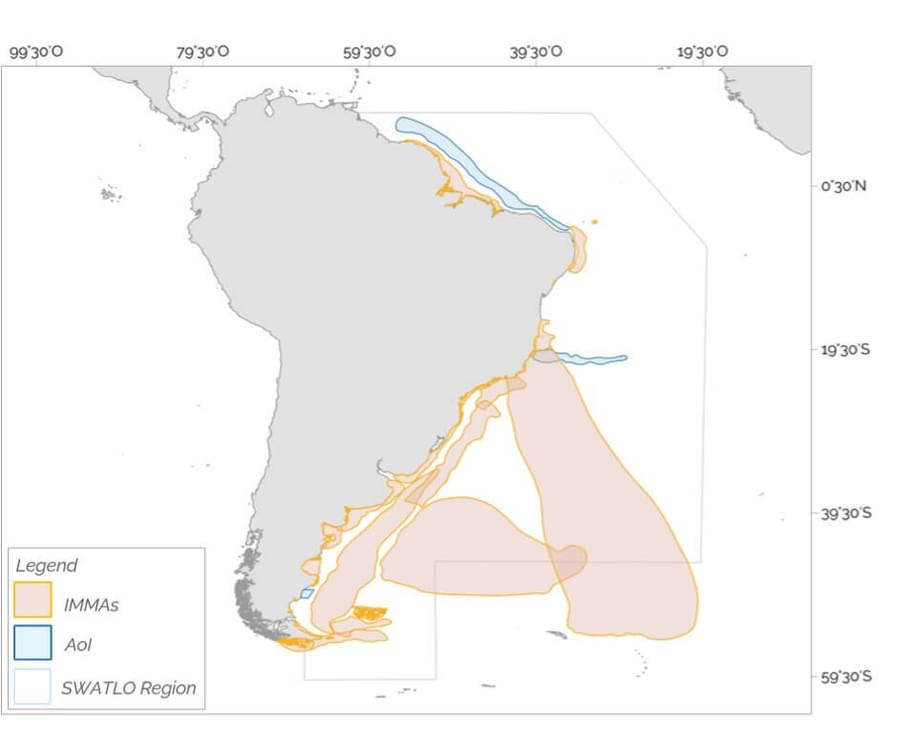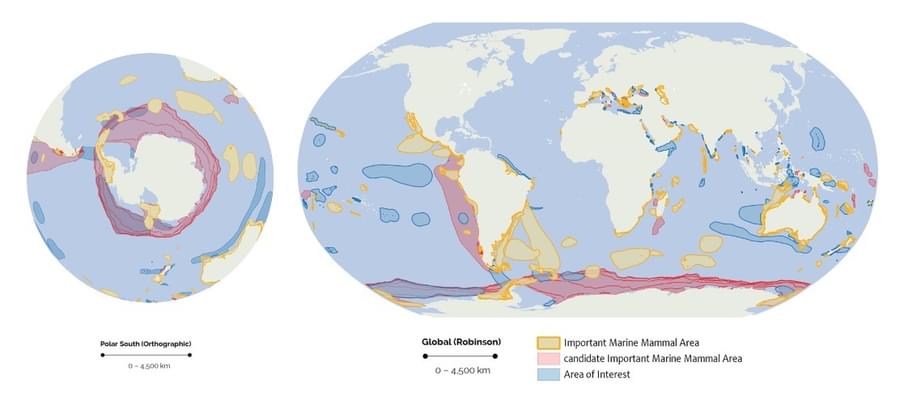After a couple of weeks of disappointing news regarding cetacean conservation globally, we’re happy to reveal some positive developments that ORCA is playing a role in.
33 new Important Marine Mammal Areas (IMMAs) have been identified and put on the map in the South West Atlantic Ocean from the Guianas, north of the Brazilian Amazon, to the tip of Tierra del Fuego, Argentina. This is the final result from a year-long process, including an intensive week-long scientific workshop last December assessing and presenting data on candidate IMMAs which were then submitted for peer review. Besides the 33 newly approved IMMAs, 5 areas have been assigned Area of Interest (AoI) status.

The South West Atlantic Ocean (SWATLO) region features southern right whales (Eubalaena australis), humpback whales (Megaptera novaeangliae) and sei whales (Balaenoptera borealis), some of which travel from Antarctica to this region. Besides the prevalent spinner (Stenella longirostris) and common bottlenose dolphins (Tursiops truncatus), there are species endemic to the region including the Commerson’s dolphin (Cephalorhynchus commersonii ssp. commersonii), the vulnerable franciscana (Pontoporia blainvillei), the vulnerable Lahille’s bottlenose dolphin (Tursiops truncatus ssp. gephyreus) and the near threatened Guiana dolphin (Sotalia guianensis). The vulnerable West Indian manatee (Trichechus manatus) is found along the coasts of the Guyanas and northeastern Brazil. The region’s notable habitats for marine mammals include Abrolhos Bank and Fernando de Noronha islands off Brazil as well as the Straits of Magellan and Patagonian waters of Península Valdés in Argentina and the Paramaribo River in Suriname, among others.
The week-long IMMA workshop, held in Praia do Forte, Brazil, in December 2022, was organised and run by the IMMA Secretariat of the IUCN Task Force on Marine Mammal Protected Areas, and hosted by the Brazilian Instituto Baleia Jubarte (Humpback Whale Institute). The 31 workshop participants consisting of the region’s top marine mammal scientists started by considering 112 preliminary areas of interest (pAoI). The pAoI selected to advance to candidate IMMAs were defended with text supporting various criteria based on scientific evidence and detailed mapping along with a strong rationale for the boundaries chosen. The review and mapping of these areas is now complete.
IMMAs are defined as discrete portions of habitat, important to marine mammal species, that have the potential to be delineated and managed for conservation.
The results from the Brazilian workshop mean that 72% of the world ocean has been examined for IMMAs, with IMMAs comprising 13% of the examined area. There are 242 IMMAs globally, mostly in the southern hemisphere, all with portfolios, maps and other background information on the IMMA e-Atlas. The IMMA work continues to forge ahead in the North East Atlantic with final results due by early 2024 and in the North West Atlantic and Caribbean, with a workshop planned for May 2024 and final results to be released no later than early 2025.
ORCA’s Anna Bunney, as the North-East Atlantic IMMA Regional Coordinator and also part of the IUCN Marine Mammal Protected Areas Task Force, was part of the group of marine experts that agreed on the areas to be protected in the North East Atlantic. ORCA is proud to be playing an important role in this vital work.

For more information:
To download the South West Atlantic IMMA report, go to https://www.marinemammalhabitat.org/resources/documents/
To obtain shapefiles and detailed background information for the 242 approved IMMAs, go to https://www.marinemammalhabitat.org/immas/imma-spatial-layer-download/

